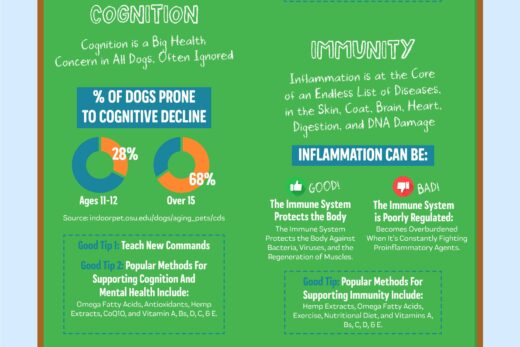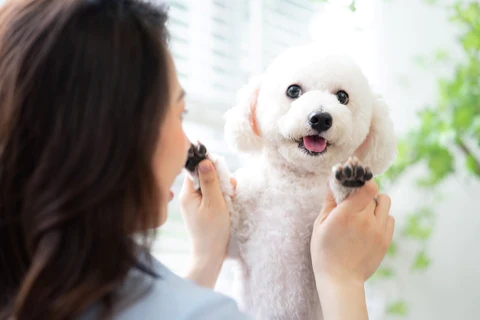
Summertime is an optimal time for pet and pet parent bonding through various outdoor activities. The warm weather brings endless opportunities for swimming, hiking, and outdoor play with the whole family. However, it is also the most common time for your dog to develop hot spots, especially those who like to chase the children into the lake or pool. Dogs with longer fur are particularly prone to hot spots, but they can become a pesky discomfort for any dog. Below are some tips and tricks for ensuring that your dog stays happy and healthy all summer long.
What are Hot Spots?
Hot spots–or areas of a dog’s skin that have become infected and inflamed–are of particular concern during the warmer summer months. Hot spots occur for a number of reasons but especially for long-haired (or double-coated) dogs, moisture can become trapped in their coat during the summer when trying to cool down swimming or simply from humidity in the air. Also, bugs are much more common in the summer months and can cause your dog irritation. While common during the summer, hot spots can occur whenever and should always be watched for. Hot spots are self-inflicted; dogs who experience itching or boredom can accidentally create an open wound on their skin. Unfortunately, these wounds are irritating and itchy themselves leading to a harmful cycle for your pup. Luckily, hot spots are fairly easy to treat and go away quickly if treated correctly.
What to Look for:
- Red, raw spots on your dog’s skin
- Oozing
- Swelling
- Hair loss
- Bleeding
- Areas that your dog is constantly scratching
- Can be found anywhere but mostly on the head, legs, and hips
- Spots that start small and grow rapidly
What You Should Do:





